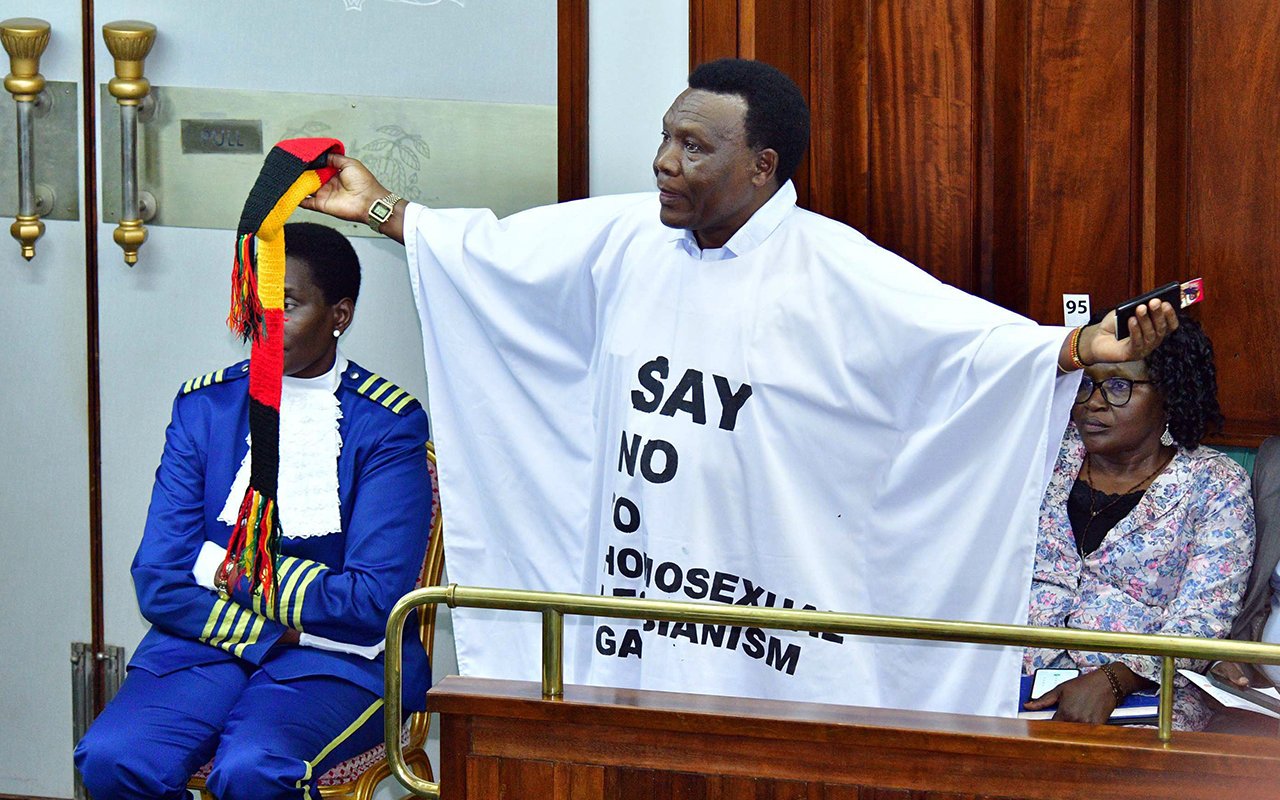Government should sort out Jinja Expressway

What you need to know:
- This will be well linked to our production centres of export item and will be efficiently run. It will create jobs for our youth and will be a game changer for our economy and politics.
One of the worst nightmares suffered by motorists on the Jinja-Kampala highway on Christmas Eve was a traffic gridlock of unprecedented proportions along a route, which is also a major transportation route for imports and exports through the Kenyan sea port of Mombasa.
In the absence of a functional railway network and the unresolved issues around the Standard Gauge Railway (SGR), this is the only lifeline we have, yet very little seems to be happening in Parliament and government to speed up work on the Kampala-Jinja Expressway. Whereas there has been some bitter debates in Parliament and government circles over that road, the debates should have taken place in 2000.
Available economic and transportation models should have been used to anticipate the jams that we are experiencing.
Unfortunately, this was not done. The traffic on this route has grown exponentially but the road capacity has remained the same as in the 1970s. An 80 km journey which used to take 45 minutes from Kampala to Jinja in the 1970s and 1980s now takes on average of four hours.
Travellers to Iganga and beyond also have to spend hours at the Uganda National Roads Authority (Unra) weigh bridge check point at Musita where long queues of trucks often form.
Despite the new customs electronic scanners that were installed at all entry and exit points one still has to deal with a Uganda Revenue Authority (URA) manual check point just before the new Source of the Nile Bridge on the way out of Jinja. This is an unacceptable Non Traffic Barrier under the East African Community (EAC) protocols.
It is difficult to establish how much people have lost as a result of failure to construct the expressway. Nevertheless there is need to rethink if we are to avoid the relocation of businesses from Uganda due to transport challenges and revenue losses.
We need to embark on gazetting existing alternative routes. We could for instance reserve the Jinja –Nyenga-Katosi-Mukono-Namanve -Kinawataka route for heavy trucks and the Kampala-Gayaza-Kayunga-Jinja route for passenger vehicles and light trucks carrying cargo not exceeding 10 tonnes.
We could also have an extra lane constructed at the UNRA weigh bridge point in Musita to eliminate disruption of traffic. The URA check point at the Source of the Nile Bridge should also be removed. Inspection of cargo should be done at the URA container deport and not along the highway. In light of the challenges being faced by all road users, government cannot afford to postpone commencement of work on the Kampala-Jinja Expressway.
Government should urgently agree on a funding model, source of funding, acceptable procurement arrangements and select a contractor. In many countries it is possible to complete such a project in one year. That should be the target because it is what the citizens would love. It would improve the economy and brightens our prospects as a country.
Work on the SGR should also move forward. We still depend on export of raw agricultural commodities and minerals which are bulky and of low value. We on the other hand import a lot of petroleum products, machinery, equipment and consumables. The colonialists prioritised construction of a railway line to link us to the sea.
That railway did exceedingly well until its collapse in the 1990s. Uganda was the first country in the region to announce plans of constructing an electric SGR to replace the Meter Gauge Railway, but all its neighbours have left her behind in as far as implementation of their SGR projects is concerned.
Progression of the SGR project has been tied to Chinese funding, development, construction, etc. It may be prudent to cast our net wider and look at what other sources or potential partners have to offer.
For instance, although Ethiopia are known to do good business with China, they have also engaged Turkey to help them get a world class SGR product. Tanzania appears to be moving in the same direction.
If the negotiations are well handled with China or Turkey; taking advantage of the experience of Tanzania, Ethiopia, and Kenya .We shall end up with a realistically well costed SGR, which will utilise our local manpower, iron, steel and many other materials.
This will be well linked to our production centres of export item and will be efficiently run. It will create jobs for our youth and will be a game changer for our economy and politics.
Giving these projects renewed momentum could have been one of the key factors behind the reshuffle. Indeed, these projects should be of major consideration for the electorate come 2021.
Isaac Mufumba, Journalist




